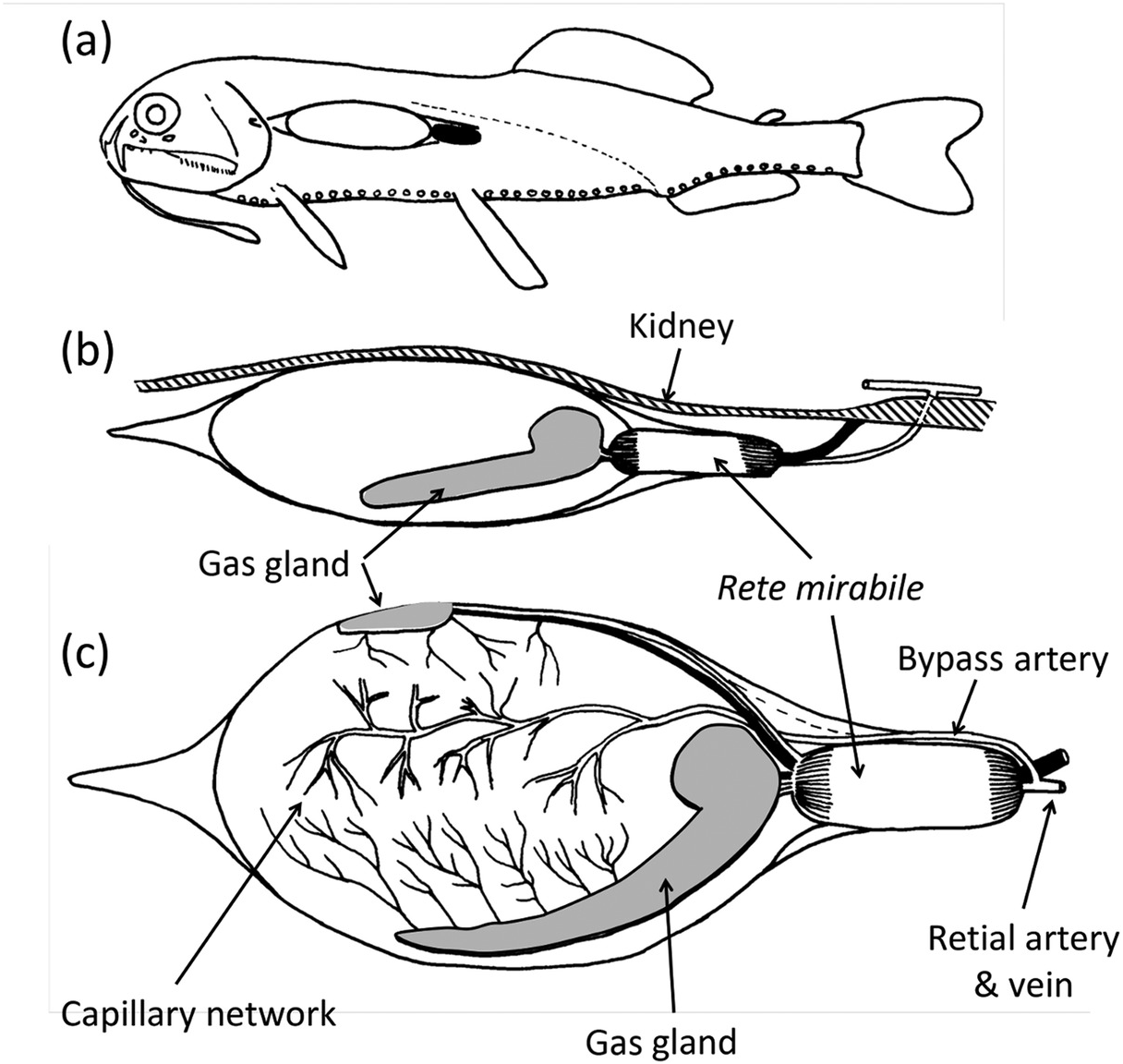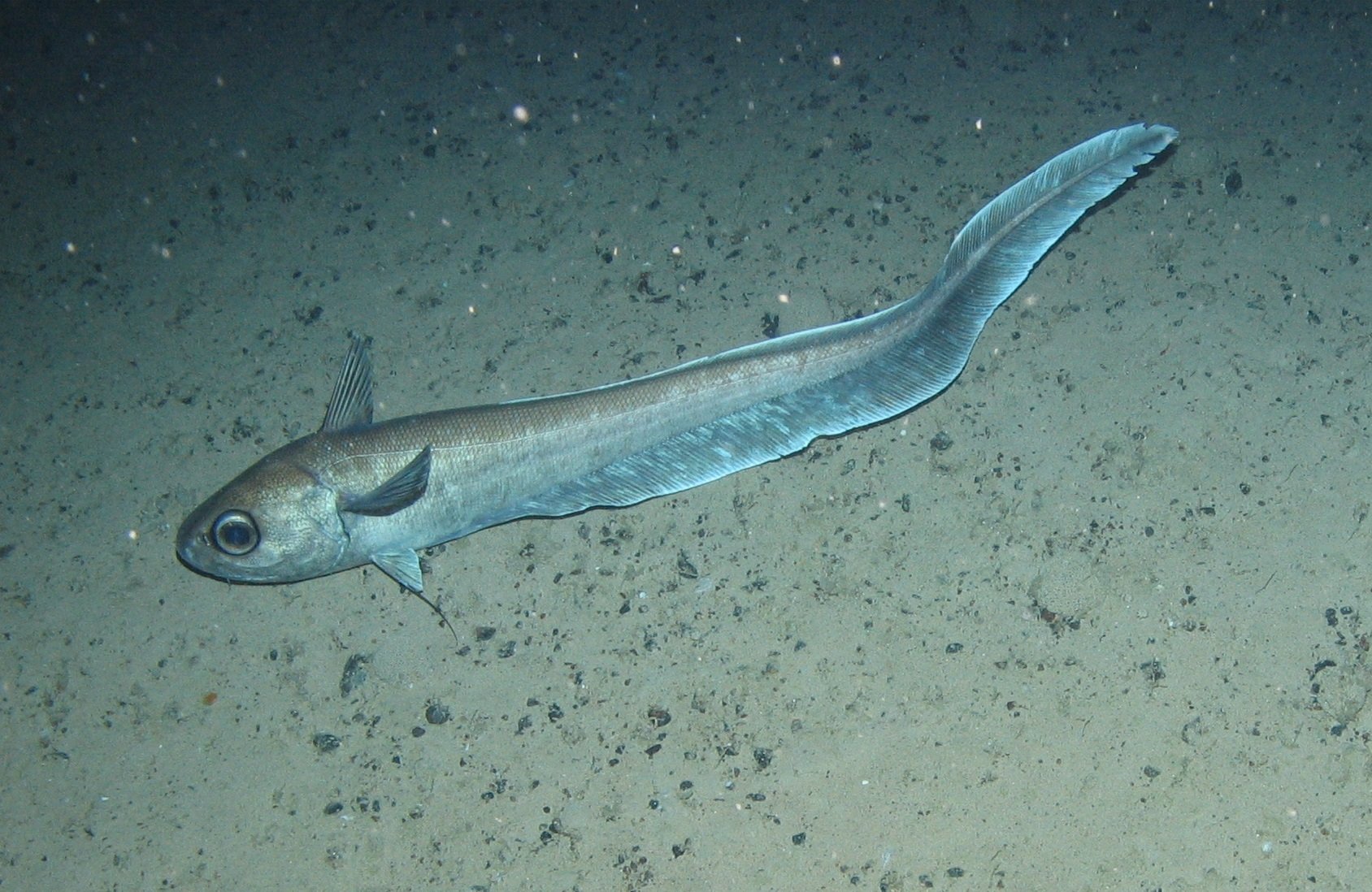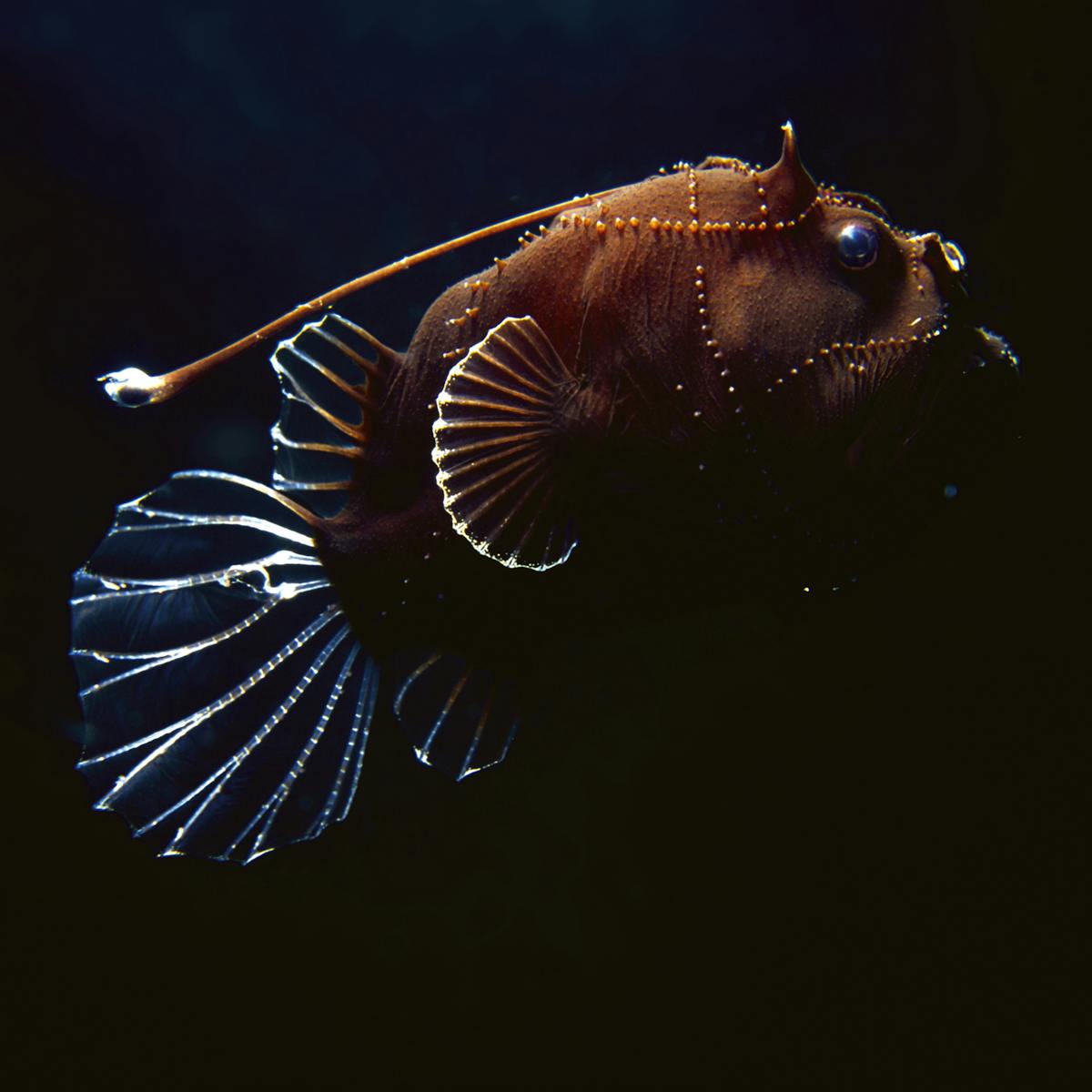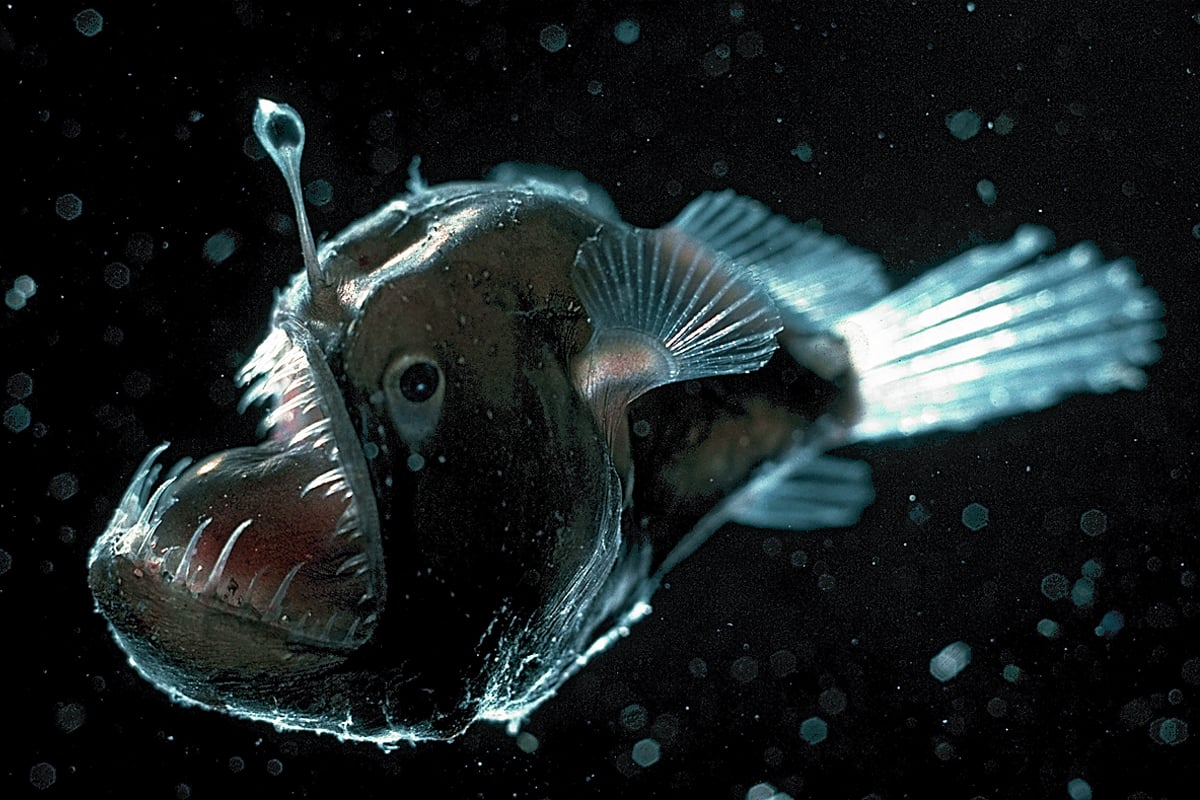Deep Ocean Animals Adaptations
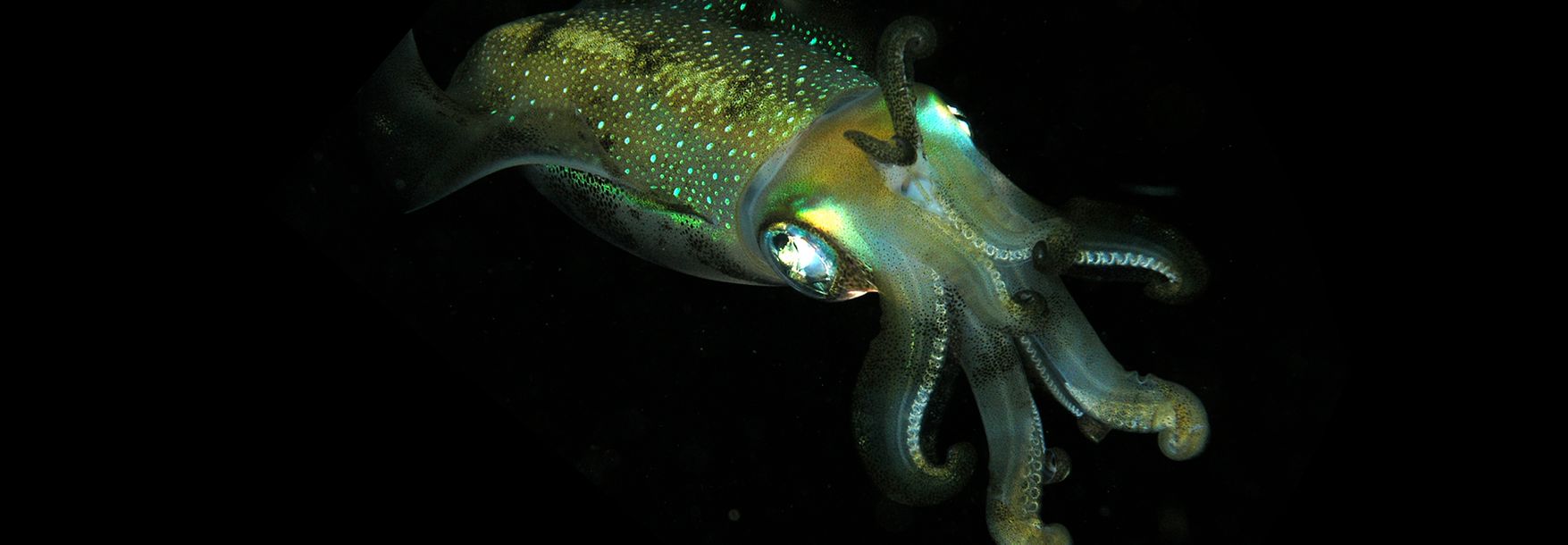
Food is scarce in much of the deep sea in part because photosynthesis only takes place at the oceans surface where theres sunlight.
Deep ocean animals adaptations. Many animals such as cockles are adapted to live in these conditions. The deep sea is not only under a lot of pressure but it is also very dark. Ocean animals have unique adaptations depending on what ocean habitat they live in.
5 Other Adaptations of Deep Sea Creatures. Filter feeders are oceanic animals that feed on floating organisms by straining them out of the moving water. Enzymes exhibit reduced perturbation of function by pressure membranes have fluidities adapted to deep-sea pressures and temperatures and proteins show.
LS4 - Biological Diversity. This is often used by animals everywhere for camouflage and protection from predators. Have students identify animal adaptations in.
Bioluminescent Octopod Bioluminescence is an important adaptation that helps many deep sea animals survive in their dark world. Introduction to Deep Sea Adaptation. The intertidal zone the pelagic zone and the abyss.
Usually lightless sea bottom is referred to as deep sea ie from lower limit of littoral zone 200 metres deep to the ocean floor. Rods help eyes sense light. Water depth temperature and the presence or absence of light are some of the conditions that differ in these habitats.
What adaptations do deep sea creatures have. Deep-sea creatures are animals that live below the photic zone of the ocean. Animals adapt to their environments to help them survive.
